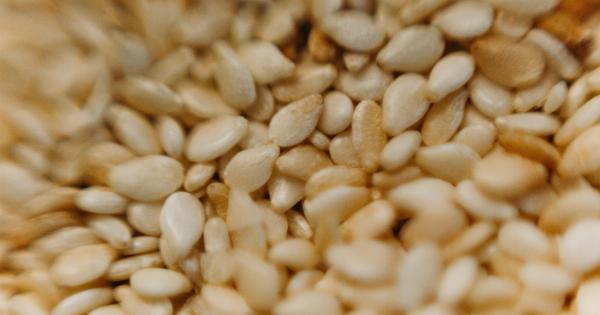The process of giving birth plays a crucial role in the formation of a baby’s microbiome – the trillions of microorganisms that inhabit their bodies.
Natural vaginal birth exposes the newborn to a diverse array of beneficial bacteria from the mother’s birth canal. However, with the rise in caesarean section (C-section) deliveries, researchers have been exploring how the mode of delivery may impact the development of the baby’s microbiome.
1. What is a Caesarean Delivery?
A caesarean delivery, also known as a C-section, is a surgical procedure in which a baby is delivered through an incision made in the mother’s abdomen and uterus.
It is usually recommended when vaginal birth poses risks to the mother or baby’s health. C-sections can be planned or performed as an emergency measure during labor.
2. The Early Colonization of the Microbiome
During vaginal birth, a newborn is exposed to various bacteria as it passes through the birth canal.
These microorganisms begin to colonize the baby’s skin, gastrointestinal tract, and other mucosal surfaces, contributing to the establishment of a diverse microbiome.
3. Differences in Microbiome Composition
Studies have found notable differences in the microbiomes of babies born via C-section compared to those born vaginally.
Infants delivered by C-section tend to have a reduced abundance of beneficial bacteria, such as Bacteroides and Bifidobacterium, which are commonly found in the microbiomes of vaginally born babies. Instead, C-section babies may have higher levels of pathogens like Staphylococcus and Clostridium difficile.
4. The Role of Mode of Delivery in Allergic and Autoimmune Diseases
Emerging research suggests that the mode of delivery may influence the risk of developing allergic and autoimmune diseases later in life.
Studies have shown that children delivered by C-section have a higher likelihood of developing asthma, allergies, and conditions like type 1 diabetes and celiac disease. These findings are likely connected to the altered microbiome composition observed in C-section infants.
5. Potential Factors Contributing to Microbiome Differences
Several factors may contribute to the differences in microbiome composition between babies born via C-section and those born vaginally. One key factor is the lack of exposure to the maternal vaginal and fecal microbes during a surgical delivery.
Additionally, the use of antibiotics during a C-section or before birth can further disrupt the establishment of a healthy microbiome.
6. Impact of C-sections on Long-Term Health
The altered microbiome composition in babies born via C-section may have long-lasting effects on their health. Research has shown associations between C-section delivery and an increased risk of obesity, metabolic disorders, and immune dysregulation.
While causation is yet to be fully established, these findings highlight the potential implications of mode of delivery on long-term health outcomes.
7. Strategies to Mitigate the Effects of C-section on the Microbiome
Efforts are being made to mitigate the potential negative effects of C-section delivery on the baby’s microbiome.
One approach is the practice of vaginal microbial seeding, where a sterile swab is used to transfer vaginal fluids to the baby’s mouth, skin, and other body parts shortly after birth. This technique aims to introduce some of the beneficial bacteria that would have been acquired during a vaginal birth.
8. Probiotic Supplementation
Another strategy gaining attention is the use of probiotic supplementation. Probiotics are live beneficial bacteria that, when consumed, can help restore microbial balance.
Some studies have shown that administering specific probiotic strains to C-section born infants can partially normalize their microbiome composition and reduce the likelihood of certain health issues.
9. Breastfeeding and the Microbiome
Breast milk plays a significant role in shaping the baby’s microbiome. It contains prebiotics that nourish and support the growth of beneficial bacteria in the infant’s gut.
Breastfeeding has been associated with a more diverse and healthier microbiome, providing a potential avenue for positively influencing the microbiome of C-section-born babies.
10. The Importance of Further Research
While the impact of caesarean delivery on the development of the baby’s microbiome is becoming clearer, more research is needed to fully understand the long-term consequences and explore effective interventions.
Understanding how different delivery modes affect the microbiome holds significant potential for improving the health outcomes of C-section-born infants.






























